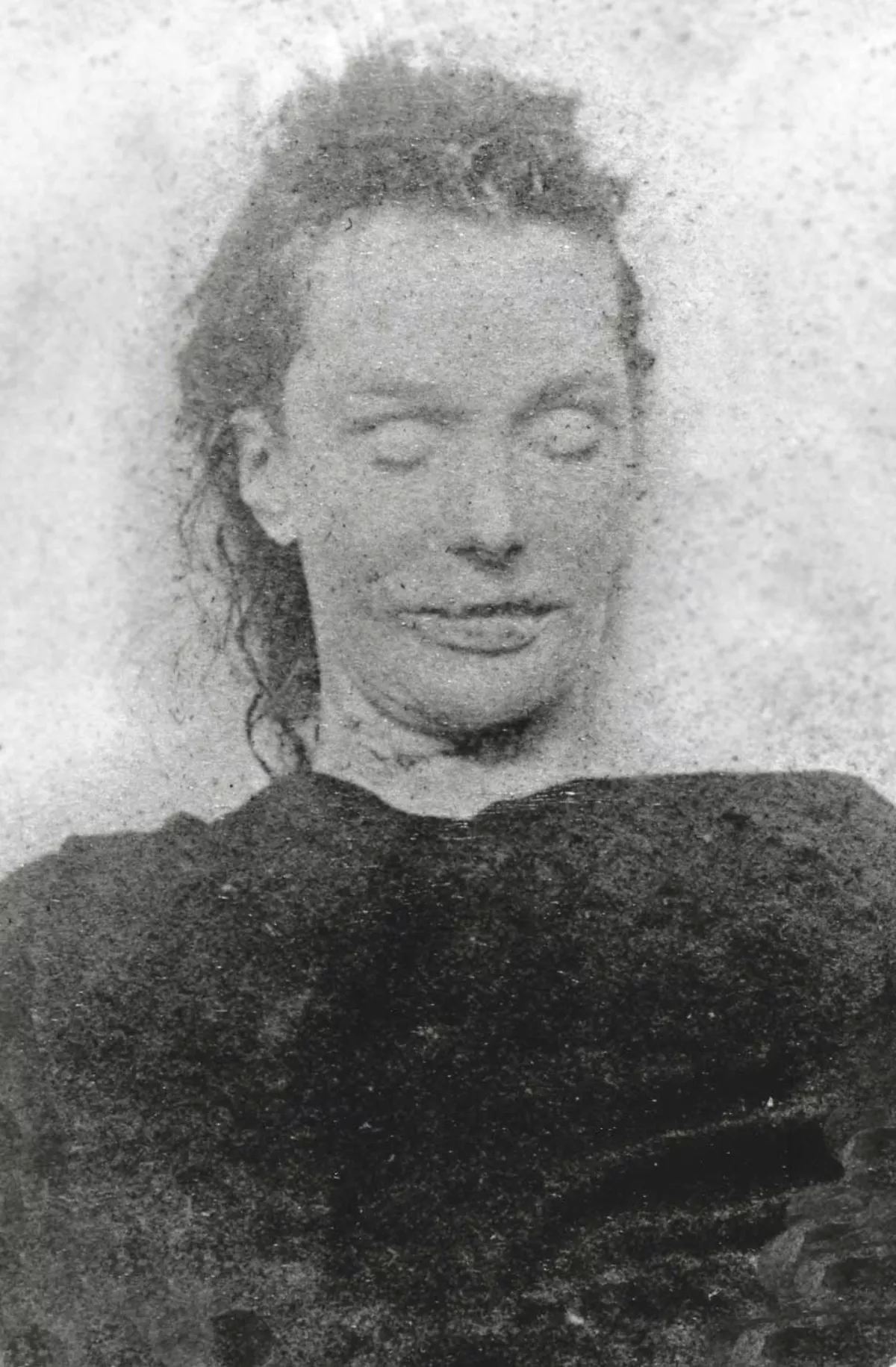 1.
1. Elizabeth "Long Liz" Stride is believed to have been the third victim of the unidentified serial killer known as Jack the Ripper, who killed and mutilated at least five women in the Whitechapel and Spitalfields districts of London from late August to early November 1888.